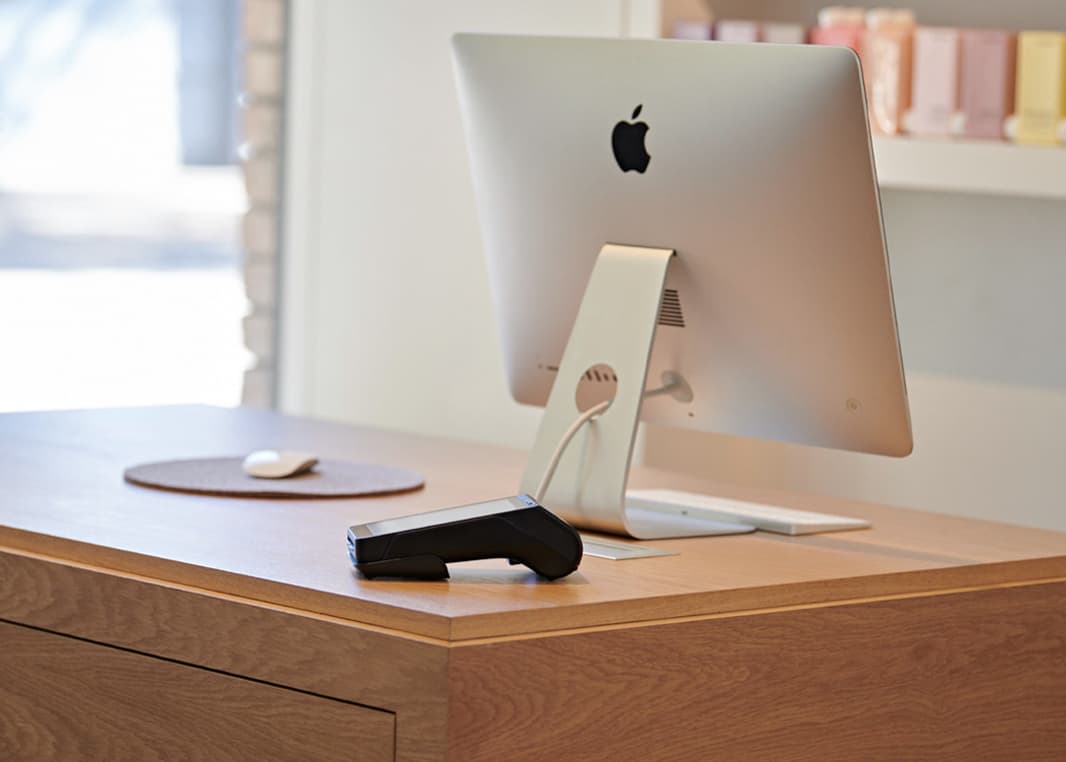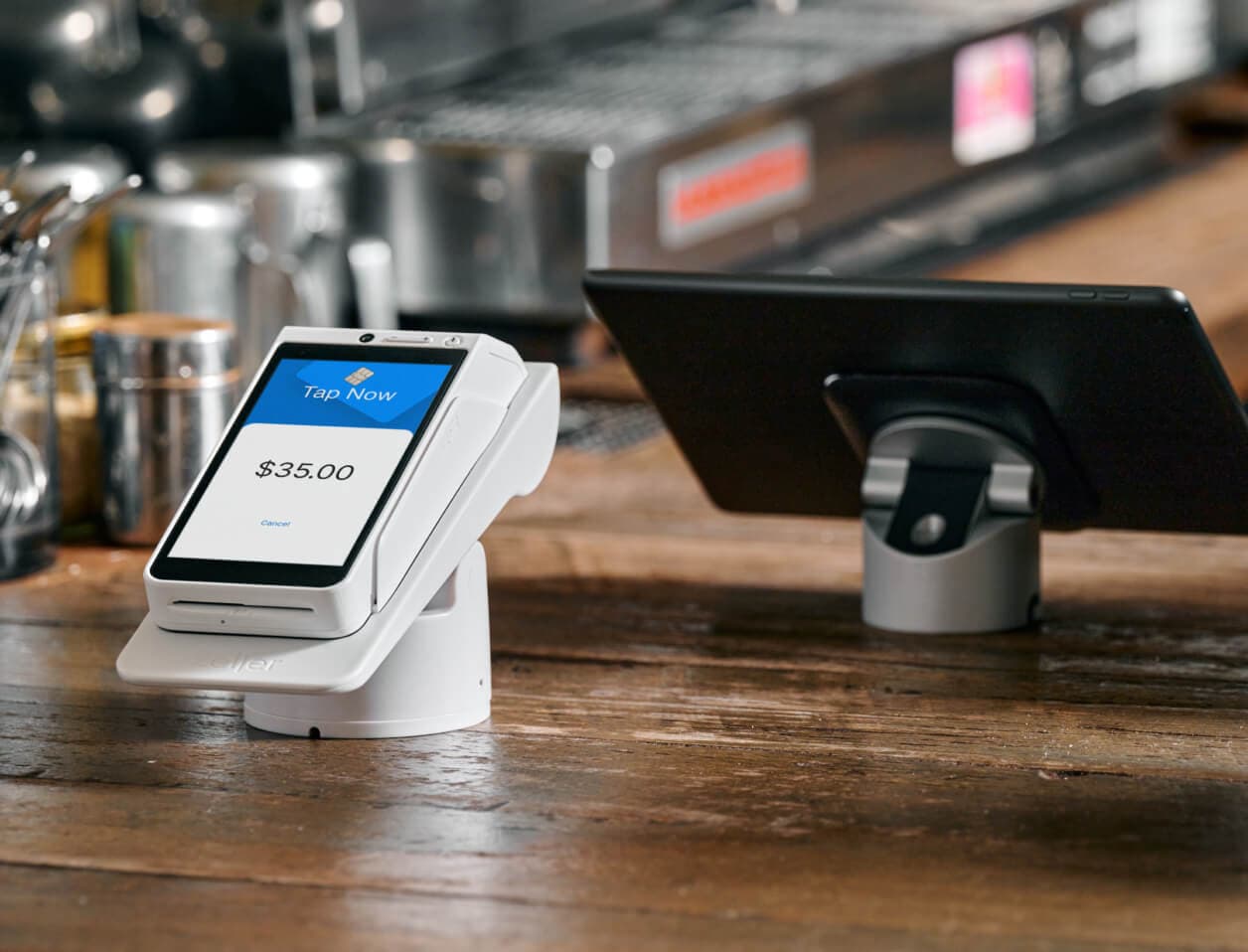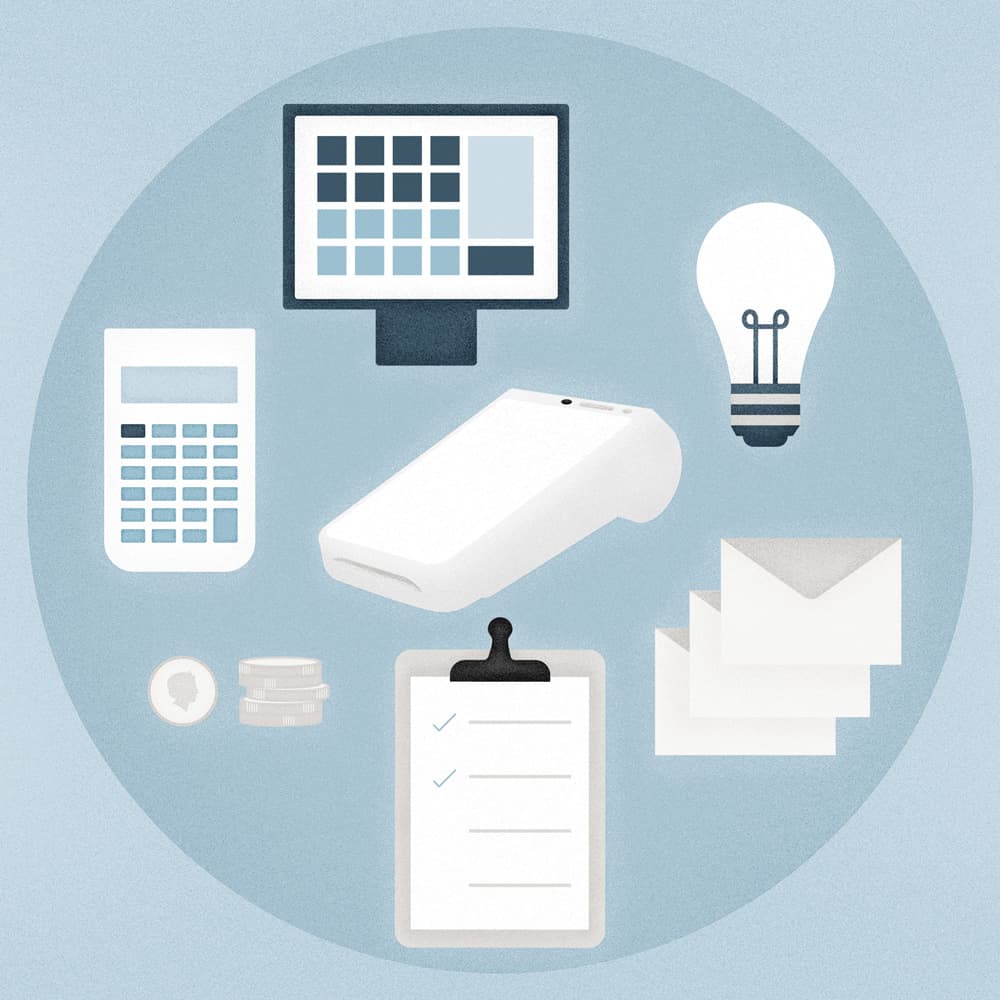
- Business Growth & Optimisation
Reduce Your Burn Rate to Grow Your Profits
How much cash does your business spend per month — and why does this metric matter?
To be consistently profitable, a business needs to save money as well as make money. If you’ve been running your business for some time and have a firm grasp of your expenditure, now might be the time to identify new ways to save. Those savings could in turn be used to hire more staff, pay yourself a wage, reinvest in the business, and generally drive growth.
A good place to start is to understand, calculate and potentially reduce your burn rate, which is widely considered an important factor in the sustainability of a business. Read on to learn more about this key indicator of business success, and discover some tips for improving your burn rate to ultimately increase profits.
What is a burn rate?
A cash burn rate is a calculation of negative cash flow and a common metric of company performance and valuation. It specifically refers to the rate at which your business spends or depletes its available supply of cash over time. In other words, your burn rate can be used as a tool to measure the amount of cash you’re spending and how quickly you’re spending it.
If a business is burning cash too fast, it risks running out of money — and possibly going out of business altogether. On the flip side, if a business doesn’t burn enough cash, there’s a chance this lack of investment in its own future will cause the business to lag behind its competitors. It’s a delicate balancing act.
Often, when a start-up is focused on growing its customer base and improving its product or service, the business may take time to generate a positive net income. In this instance, the merchant should have an idea of when profitability will be reached. That said, burn rate is an important consideration for any business at any stage, as it provides a clear insight into your financial projections on the path to profitability.
Calculating your burn rate
Are you aware of how much cash your business ‘burns’ or loses each month? You should know how to calculate cash burn rates for your business.
To do this, you first need to look at your cash flow statement, which takes into account cash flows from operations, investments and other activities — then reports the change in your organisation’s cash position from one period to the next. The rate of negative cash flow is usually quoted as a monthly rate, but it could be reviewed weekly in more pressing circumstances.
You can calculate both the gross burn rate and the net burn rate.
Gross burn rate: A basic estimate of how much cash you spend each month — without factoring in your income or positive cash flow.
Net burn rate: A measure of how much cash you lose each month — factoring in both income and expenses.
Here’s an example of how to calculate the net burn rate.
Imagine you started a financial quarter with $20,000 cash in the bank. Three months later, you have $14,000 cash in your account.
This would make your net burn rate per month $2,000.
-1.jpg&w=1920&q=75)
At this burn rate, the business has seven months of financial runway before it would have no money left. Should business continue on the same trajectory, it will need to consider cutting costs or finding ways to increase revenue in that period.
Tips to improve your burn rate
The good news is your burn rate is not a fixed figure. When you make changes in your business that positively impact your income and expenses, you can in turn lower the burn rate and boost your financial position.
Here are five tips to monitor and reduce your cash burn.
Track and manage your operating expenses — Every dollar you spend should be meticulously accounted for and tracked in order to gain insights that help inform decision-making.
Consider your ROI — Having money in the bank doesn’t mean you should overspend on non-essentials. Instead, calculate your expected return on investments and try to ensure your cash is being used wisely to drive growth.
Look to drive your sales — If your business can find new and creative ways to drive sales without unreasonably raising its marketing spend — for example, by adding new features, offering different pricing strategies, or using cross-promotions — you might be able to improve the burn rate and subsequently increase profits.
Identify alternate revenue streams — Can your business find any new revenue, even temporarily, through new markets or customer segments?
Streamline your processes — Time is money, so it’s worth exploring ways to improve business efficiency by delegating certain tasks or using software and other tools to your advantage.
Better expense management with Zeller
Better oversight of your incomings and outgoings leads to better budgeting. At the same time, you can improve your cash flow through fast access to your takings — not to mention avoiding hidden fees and lock-in contracts.
Improving your overall expense management can therefore help improve your burn rate and eventually generate business growth. With that in mind, what can you do to ensure your business is managing its expenses in an optimal manner?
Use Zeller Customer Directory — As your path to smarter contact and customer management, Zeller Customer Directory lets you keep track of which businesses you’re spending most at, and identify any savings. Could you place bigger orders in advance, negotiate better rates, or reduce spending?
Use Zeller Transaction Account — While most competitors make you wait a few business days to receive your funds, all funds accepted via Zeller Terminal are settled into Zeller Transaction Account nightly, and will be available for spending the next day. This means you can always pay bills and suppliers on time.
Use Zeller Debit Card — By using Zeller Debit Card for business purchases, you’re putting your money to work with a fee-free business debit card that lets you spend funds as soon as they hit your Zeller Transaction Account. With fast access to your funds, a business loan should not be necessary.
Use Zeller Dashboard — With Zeller Dashboard you can easily keep track of your expenses, and ensure more money is coming in than going out.
Please note this article is for educational purposes only and does not constitute advice.



